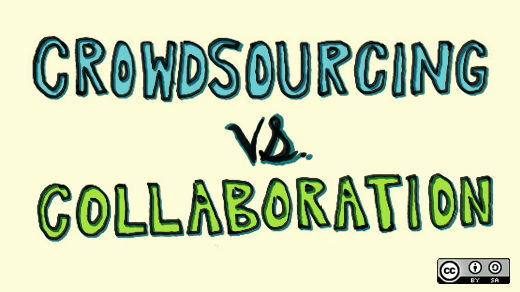Imagine if the entire world was your sales force. Imagine that any time, a potential buyer of your product or services was “in market,” one of your current customers told them about you – in a very positive manner. Talk about real-time marketing. What if you had an army of “friends” who were telling their friends about your products and services? Sound too good to be true?
It’s already a reality for many big brands that are reaching out to customers who can influence their potential prospects’ buying decisions, and they are recruiting them as a lead generation channel. Customers are a great source of leads. So are employees. And so is anyone else who could influence a buyer’s decision. Every brand has people that will advocate on their behalf. As we used to say at IBM, “All you have to do is ask”.
Smart brands are starting to ask. They are inviting customers, employees and 3rd party influencers to become part of a community that drives leads on behalf of the brand. There are many good reasons why I think this concept will quickly proliferate and transform how brands generate leads.
1. It works – at scale. Leveraging assets like customers, employees and influencers is just smart business. Almost all the pundits agree that buyers are being influenced more than ever by friends, family and people they trust. Reaching out to the crowds of people that know and trust you makes good business sense. They are very connected, have a loud and trusted voice, and they can reach their friends easily and often on your behalf. We know of brands that have registered over 1 million of their customers into a channel that drove over almost 2 million leads to the business.
2. The leads are better. When a friend or influencer talks, people listen. We know that brands have much less control of their story and image today than in years past – before social, digital and mobile channels transferred power to consumers. Consumers and influencers are now in charge of the story. Research has consistently shown leads that convert as a result of a referral from a friend or influencer are more loyal to a brand, spend more and stay longer – they are pre-qualified and ready to buy by the time they reach your brand.
3. It drives corporate productivity. Leveraging “social assets” dramatically decrease customer acquisition costs. At the most basic level, social channels extend a brand’s sales force (with zero overhead) and they solve one of the biggest challenges brands face: knowing when a potential buyer is in-market. This community is always on and continually active – making referrals, amplifying products and promotions, and posting positive information about your brand, freeing up internal hours and reducing time spent identifying and nurturing prospects.
It’s not important what name you give to this community. You can call them influencers, you can call them advocates, you can call them professional lead generators. Ultimately, you should think of them as a sales and marketing channel. Once you build this channel, you will realize that they can do many other things on your behalf including creating and distributing content and amplifying marketing messages.
Customers, employees and influencers are the fastest growing sales and marketing channel today. By utilizing the latest in social marketing software and technology, business leaders can mobilize this channel by creating and leveraging their social relationships to generate great leads and drive new business.
This contributed article was written by Dick Beedon, founder and CEO of Amplifinity.
Image Credit: CC by Opensourceway





